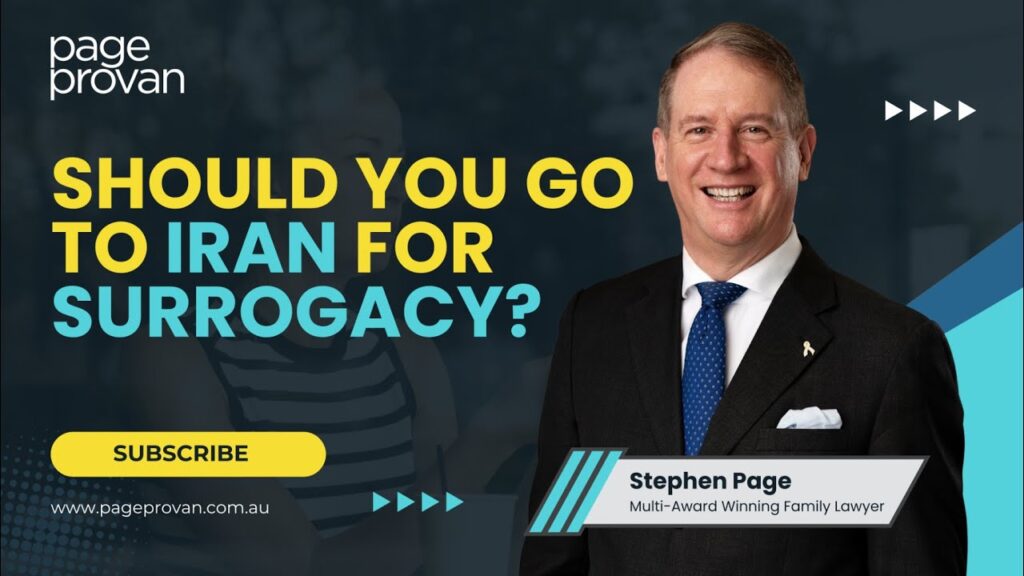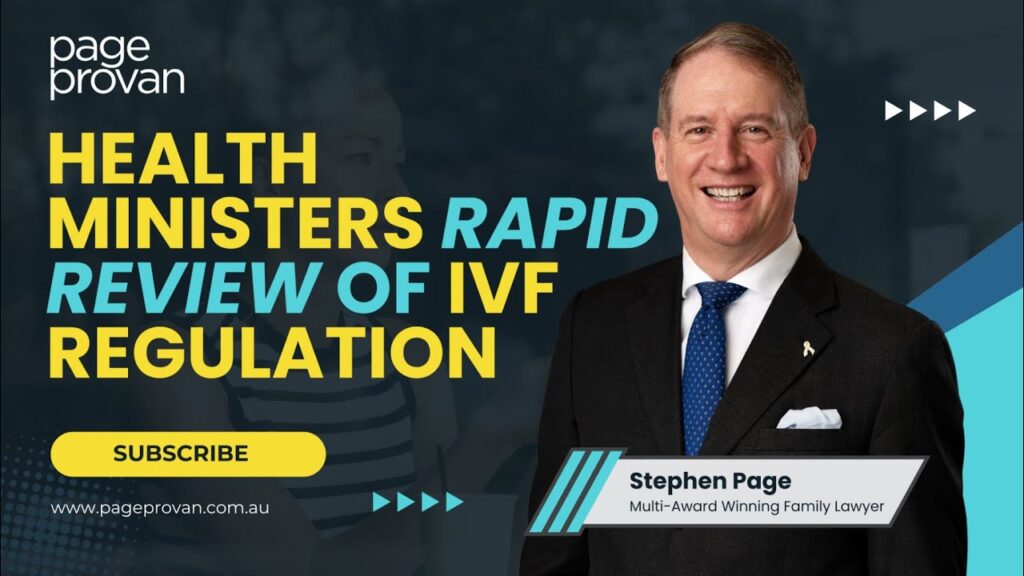Qld court removes a sperm donor as the father on the birth register
The couple applied to the Supreme Court to remove the man from the birth record, and place the non-biological mother as “parent” on the birth register for both children. It appears that the application was made after the man had applied to the Federal Circuit Court to have contact with the children.
The couple were able to persuade Justice Atkinson that the non-biological woman should be shown on the birth certificate because of a change in Queensland law. Since 1 June 2010 when a pregnancy occurs to a woman through some fertilisation procedure (in this case it was home insemination), then if the woman is living in a de facto relationship, her partner is presumed to be the other parent, and the man is not.
Justice Atkinson stated that the “only real issue for this Court to determine is whether in view of [State law], the legal parentage of the children recorded on their birth certificates is incorrect” and “a Register of Births, Deaths and Marriages is… a register of statistical and evidential information mainly for the purposes of succession law. It is not a register of genetic material.”
Accordingly her Honour held that because the law provided that the non-biological mother was a “parent” and not the sperm donor, the donor’s name would be removed from the birth register, and the non-biological mother’s name added instead.
Her Honour stated:
“The relationship between A and B commenced twenty years ago and I accept that the evidence indicates that they are a de facto couple of the same sex. They wished to become parents, and over a decade ago discussed the process by which this could occur. They did not wish to undergo In Vitro Fertilisation (IVF) treatment and instead preferred to try artificial insemination at home using a known sperm donor. In mid-2003, A came across C via a gay community website in their local area on which he was listed as a member. A contacted C and asked whether he might be interested in donating sperm to A and B. A deposes in her affidavit that C indicated he was interested and said words to the effect that “I’m happy to put my DNA into the world but I do not really want to be a parent”.
[15] A and B subsequently met with C about the proposed donation. According to A, during these discussions, C indicated that he only wanted to be casually known by any child born as a result by his first name and never in a parental role. C, however, claims that it was agreed that any children born as a result of the arrangement would know him as their father and that he would be listed as the father on the children’s birth certificates. C also maintains that he indicated at the outset that he and his extended family wished to have a relationship with any child who was born.
[16] The respondent’s account of how the child D was conceived is consistent with the accounts of both applicants. The procedure resulted in A becoming pregnant with D who was born on [X] December 2004. B was present at the birth but C was not. C visited D the next day.
[17] Since birth, D has lived with A and B but the accounts vary as to how much contact C had with D subsequent to the birth. That issue is not to be resolved in this application.
[18] As at the time of D’s birth, the couples same sex de facto relationship was not recognised by state or Commonwealth law and there was no mechanism by which B could be recorded as a parent on the certificate. Even though A informed Centrelink of her same sex relationship with B, at the time the law regarded A as a single mother. A states that she received advice from Centrelink that her social security benefits would be affected if she did not record the father’s name on the birth certificate. Consequently, she prepared a birth certificate application to register D’s birth and asked C to sign it. Both A and C are noted as informants. The birth was registered on [X] January 2005.
[19] In 2005, following the birth, A and B decided to take on one another’s surnames, by hyphenating their former surnames into a new, joint surname; and to give D the new family name. C consented to the change of D’s surname to A and B’s new surname; he says “I agreed to this as it made sense for [D] to have the same name as the family [D] lived with”.
Conception and birth of child E
[20] A similar insemination procedure was followed in respect of the conception and birth of E. E was born on [X] October 2006 with B present. C was not present. E’s birth was registered on [X] December 2006. Both A and C are noted as informants. A explains that C was recorded as the father for the same reasons as in respect of D.
[21] It is uncontroversial that C has not had contact with the children since about August 2010.”
The impact of the decision on the Federal Circuit Court proceedings may be that because the man is not a “parent” of the children, there is therefore not presumed equal shared parental responsibility between he and the mother. Instead, if it is accepted in that court that he is not a parent as a matter of law, he has to establish before he can proceed with that court case that he is someone concerned with the care, welfare and development of the children. Given that he is the known donor, ordinarily there should be no difficulty for him in crossing that threshold. However, he may have more difficulty given that he has had no contact with either child for about 4 years.
The other issue in those proceedings will be that even though the man is should not to be a parent as a matter of law in the State proceedings, it will still need to be shown under the Family Law Act that he is not a parent, although it would appear that should not now be a difficult task .












